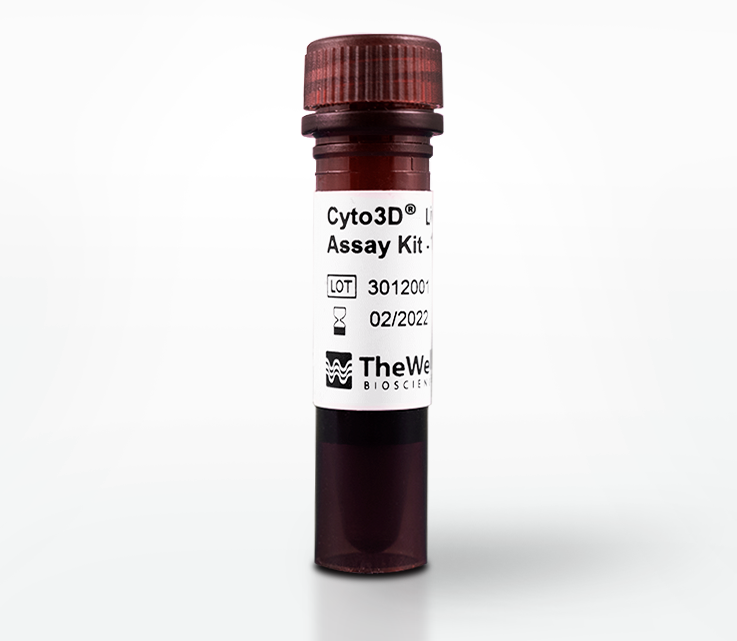Research Highlights
Cyto3D® Live-Dead Assay Kit Aids in Identifying MiRNAs as Promising Biomarkers for Glioma Prognosis

Institutions:
Translational Oncology Research Unit, IRCCS Regina Elena National Cancer Institute, Rome, Italy.; and several other Italian institutions
Team:
Méndez, A.B.D., Sacconi, A., Tremante, E., et al. & Rizzo, M.G.
Disease Model:
Brain Cancer
Hydrogel:
Cyto3D® Live-Dead Assay Kit
Three micro RNA species have been identified that are correlated with poor outcomes in glioma patients. Assays using the Cyto3D® Live-Dead Assay Kit confirmed the link between these miRNAs and cell viability. These RNAs could potentially be used as a powerful non-invasive biomarker for brain cancer.
The search for powerful biomarkers indicative of cancer genotypes with prognostic potential is vigorously underway. Few cancers demand such biomarkers as gliomas, which are brain tumors that are difficult to treat with resection and generally lead to poor outcomes. Avoidance of biopsy as a diagnostic and prognostic tool for gliomas is especially important. Circulating molecules in the blood or other liquid tissues would be much better options. Lately there has been some demonstration of the potential of micro RNAs to be useful in this regard, because of their improved ability, compared to other macromolecules, to cross the blood-brain barrier. But single miRNA species on their own do not offer a comprehensive view of the state of a tumor, which can be heterogeneous and change drastically over time.
The authors of this paper, a consortium of Italian oncologists and molecular biologists, examined in detail whether micro RNA (miRNA) profiles, if broad enough, could be correlated with key prognostic factors in the case of gliomas. The team used RT-PCR to obtain comprehensive miRNA expression levels across time using blood-drawn samples from 37 glioma patients. Employing droplet digital PCR, in which accurate measurements of each miRNA species number can be obtained and compared to each other and to expression levels of other loci, particularly genes known to be influential in glioma phenotypes, such as those in the isocitrate dehydrogenase (IDH) metabolic sphere. The team then compared the expression levels of certain miRNA species with those obtained from glioma cell lines grown in culture, for which cell growth and survival tendencies could be assayed as well.
After exhaustively analyzing the PCR data, the authors discovered a set of three miRNA species that were definitively downregulated in glioma patients and at the same time strongly correlated with the mutational status of IDH genes. These miRNAs, miR-1-3p, miR-26a-1-3p and miR-487b-3p, were found at lower levels in the blood of glioma patients and yet found at higher levels in cell lines that had mutation at IDH-relevant loci. The presence of these three RNA species was also correlated with both better overall survival rates and progression-free survival rates of human patients. Using TheWell Bioscience’s Cyto3D® Live-Dead Assay Kit, the researchers could demonstrate that the survivability of cultured cell lines dropped as the expression levels of each of these three miRNAs––and especially in the case of all three together––went up.
The conclusion from this paper is that this triad of miRNA species could be a useful biomarker for glioma tumor status, either as a stand-alone serum-based sample, or in conjunction with other biomarkers and/or biopsies. From in silico analyses, the miR-1-3p, miR-26a-1-3p miRNAs appear to be related to the function of three proteins involved with cell invasion phenotypes, namely TKS4, TKS5, (both scaffold proteins with tyrosine kinase substrates) and EFHD2 (a calcium-ion binding protein involved in cell migration). The identification of these putative biomarkers offers oncologists a potential rapid and non-invasive means for tracking glioma status that can be repeatedly performed to present a more complete picture of the progression of this deadly cancer.


